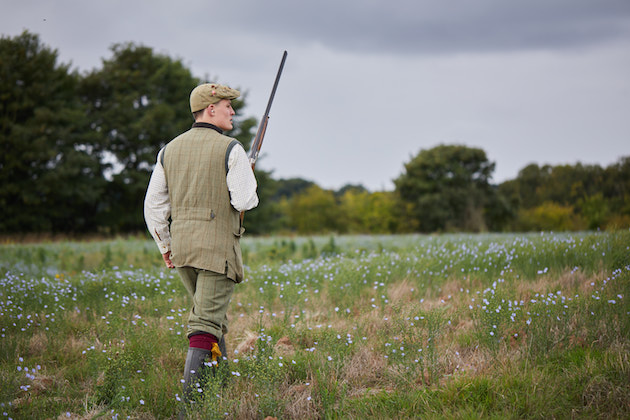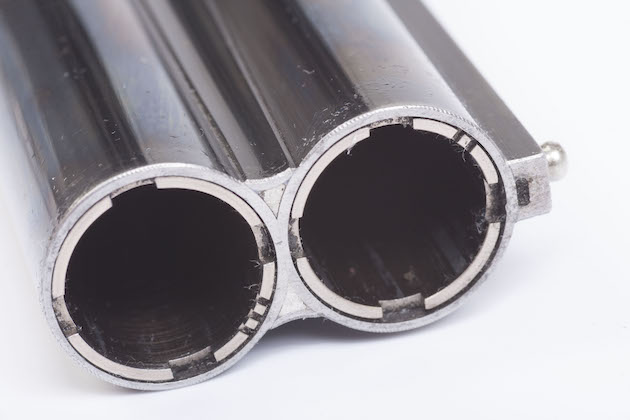Shotgun barrel length: does it actually matter?
Phil Coley on the benefits of longer barrels

The best shot size has been debated for as long as guns have been throwing clusters of small lead balls at flying birds. We have two key issues to address.
In 1833 Lieutenant Colonel Peter Hawker told readers: “A common-sized gun will shoot No. 7 shot better than any other shot… I am confident that had you, for a whole season, no other sized shot, you would find that you had killed more game.” Hawker mostly shot over dogs, what we would call walked-up shooting today.
Major Gerald Burrard decreed that the ideal shot size should be that which carries sufficient penetration five yards further than the point at which a pattern becomes too open.
He explained: “A smaller size of shot than No.6 confers no possible advantage in range or killing power… [and] may cause wounded birds at long range owing to lack of penetration, and result in plastered birds at close range. It is probable that No.6 comes closest to the ideal.”
However, he conceded that in practice the difference between No.5, No.51⁄2 and No.6 shot on pheasants at ordinary game ranges (up to 40 yards) was small enough not to really matter.
For partridge or pheasant, Thomas believed that No.6 shot was the best general size to use. Burrard agreed: “33 grains of powder and 11⁄16oz of No.6… probably as good an all-round load as any… will kill partridges slightly beyond 40 yards and bigger birds up to 45 or 50 yards.”
Gunmaker Tom Purdey advised in 1936: “The best load for the average sportsman would be 1oz or 1 1⁄6oz of No.6 shot. The average shooter cannot do better than use No.6 shot for all his regular shooting, and if he holds his gun straight he will kill all his game cleanly and well with this shot.”
The modern consensus is that to reliably kill a bird — let’s concentrate on pheasants and partridges to keep it simple — it is desirable to penetrate it with at least three pellets, so that at least one of them will be fatal. “Normal” conditions consider the shot to be taken within 40 yards with an improved cylinder choke. For this, 30g of No.6 is the optimal load.

Multichokes on a Browning shotgun
It becomes more complicated when we consider longer-range shooting. Choke extends your range. So if you have a 40-yard killing pattern with improved cylinder and 30g of No.6 shot, you can extend the killing range of the same load by using half-choke.
However, as the range extends, so the lighter pellets lose energy and, while choke may keep the pattern together for longer, it won’t add to penetrative power. For that you need weight, so bigger shot.
I would advise anyone to use fibre-wadded 28g or 30g loads of No.6 for all their general shooting with traditional British 12-bores, unless shooting snipe, for which No.7 provides sufficient penetration, but with the fuller pattern desirable for a small bird at normal ranges.
Phil Coley on the benefits of longer barrels
Starting shooting: What makes a shotgun? ‘Lock, stock and barrel’ is a common enough phrase in the English language, signifying…
The right shotgun cartridge and choke combination for pheasant shooting could transform your days this coming season. There have been…
Do not overlook the importance of quality components. The return of wool as a premium wadding material by Gamebore is interesting, as it provides excellent obduration and cushioning properties, without which no shot load, of whatever size, is going to produce its best results.
Your choice of rifle will not only come down to personal preference but will also depend on which species you plan to stalk, writes Bruce Potts.